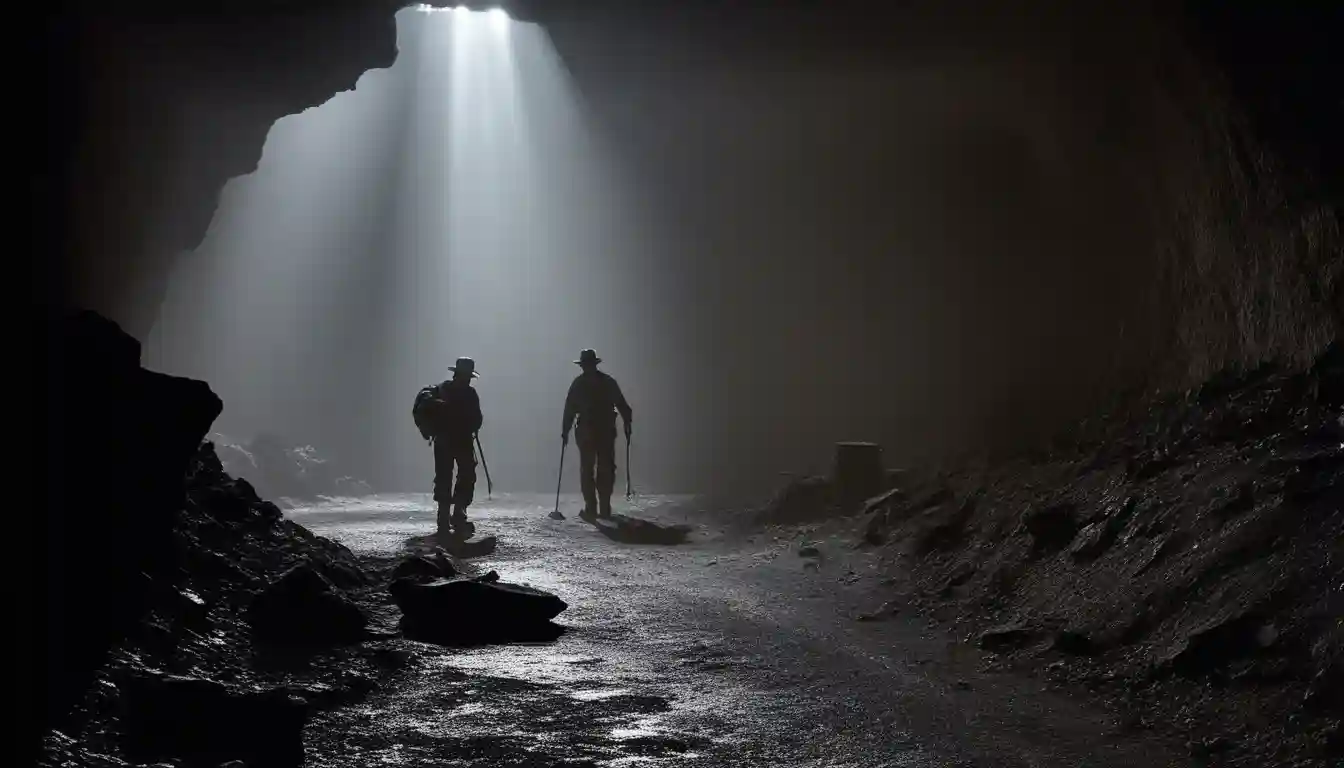
The Ghosts and the Gamble: Beneath Idaho’s Silver Valley, a New Mining Dream Awakens
The Ghosts and the Gamble: Beneath Idaho’s Silver Valley, a New Mining Dream Awakens
KELLOGG, Idaho – The hills of Idaho’s Silver Valley still whisper the stories of their past. You can almost hear the echo of pickaxes and the rumble of ore carts in the distance. This town was once a symbol of America’s industrial muscle—silver, lead, and zinc poured from the earth, fueling fortunes and feeding families. Then, almost overnight, the mines fell silent, leaving behind scars both on the land and in the lives of those who called this valley home.
But listen closely now. The silence is breaking. It’s not the crash of dynamite this time, but the low hum of pumps and machinery. A new kind of hope hums beneath the surface. Bunker Hill Mining Corp., a determined junior company, has just doubled down on its dream to bring this legendary mine back to life. In a quiet but telling move, it snapped up the neighboring Ranger-Page property in an all-stock deal worth about $2.4 million. That may sound modest, but in mining terms, it’s a statement of intent.
This isn’t just a land grab. It’s an effort to reassemble a kingdom that’s been split apart for generations. With the deal, Bunker Hill now controls a sweeping 6,200-acre stretch in the heart of the Coeur d’Alene Mining District—once the richest silver-producing region in American history. The once-divided tracts are now united, connected by a tantalizing four-kilometer stretch of rock known as “the Silver Gap.” Prospectors have long whispered that this untested ground could hold the next great discovery.
Sam Ash, Bunker Hill’s President and CEO, called the move “another key step in our vision to re-establish Bunker Hill as a leading producer in the Silver Valley.” Behind his corporate phrasing lies a bold idea: by linking old tunnels and shafts between the two properties, the company can breathe new life into a historic labyrinth of rock, transforming century-old relics into a modern mining network.
So why now? Because the world’s appetite for what’s buried in these hills has never been greater. Silver, critical for solar panels and electronics, hovers around $35 an ounce. Zinc, vital for everything from electric vehicle batteries to steel production, has topped $3,000 per ton. And with global tensions choking supply chains and new U.S. tariffs threatening to isolate Chinese metal dominance—China controls over half the world’s zinc output—America is desperate for domestic sources.
That makes Bunker Hill’s revival more than a business plan. It’s a national play. A bid to plug a gap in North America’s supply chain and bring strategic production back home.
Still, no gamble comes without ghosts. The Ranger-Page complex, once one of the valley’s top producers, went dark in the 1980s after a brutal mix of falling prices and a mill fire. What’s left underground is enticing: historical estimates suggest more than a billion pounds of zinc and lead, plus over 14 million ounces of silver. Yet those figures are old, not verified by today’s strict geological standards. For seasoned investors, they’re like a rumor that could either pay off big or fade into dust.
Bunker Hill’s management isn’t blind to the risks. That’s why they structured the deal entirely in stock, keeping precious cash for the real priority—restarting the main Bunker Hill Mine by mid-2026. For the seller, Silver Dollar Resources, it’s a sensible trade: hand over the property, keep a stake in whatever upside comes next. In the mining world, this kind of swap is practically folklore—“drill and bail,” as the insiders say.
But execution, not exploration, will define Bunker Hill’s fate. The restart project is nearly three-quarters complete, the processing plant about 83%. Investors know the margins are razor-thin. Adding a new acquisition at this stage risks stretching the company’s focus. One analyst dubbed it “execution bandwidth risk,” a fancy way of saying they’ve got their hands full. The next few months will test whether Bunker Hill can juggle ambition and discipline at once.
And then there’s the elephant in the valley—the environmental legacy. The old Bunker Hill site sits at the heart of one of America’s largest Superfund zones. Decades of contamination poisoned soil and water, and the cleanup has cost billions. Today’s company operates under stricter rules, with modern safeguards, but locals haven’t forgotten. Jobs are welcome, but not at the expense of their children’s health. Trust will have to be earned, one drill hole and safety inspection at a time.
So no, this isn’t the end of Bunker Hill’s story—it’s the start of a new, more complicated chapter. For now, the pumps keep draining the mine’s flooded depths, preparing it for a second act. Somewhere below, the valley’s future waits—perhaps a reborn industry, perhaps another ghost story in America’s long romance with the earth.
One thing’s certain: the gamble has been placed, and the dice are rolling once again in Idaho’s Silver Valley.
NOT INVESTMENT ADVICE